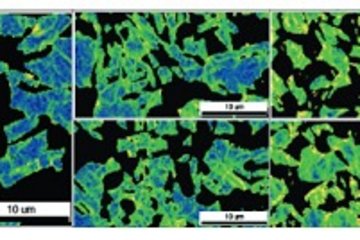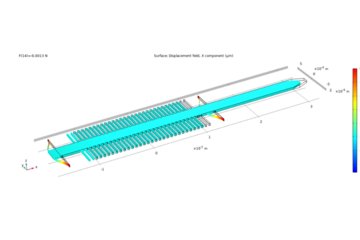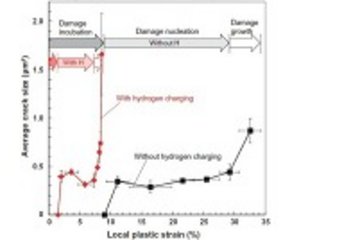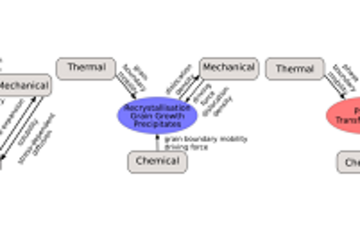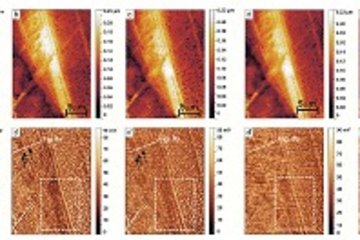All genres
1.
Journal Article
Laser-induced toughening inhibits cut-edge failure in multi-phase steel. Scripta Materialia 177, pp. 79 - 85 (2020)
2.
Journal Article
Ferrite slip system activation investigated by uniaxial micro-tensile tests and simulations. Acta Materialia 146, pp. 314 - 327 (2018)
3.
Journal Article
Retardation of plastic instability via damage-enabled microstrain delocalization. Journal of Materials Science 50 (21), pp. 6882 - 6897 (2015)
4.
Journal Article
Strain localization and damage in dual phase steels investigated by coupled in-situ deformation experiments and crystal plasticity simulations. International Journal of Plasticity 63, pp. 198 - 210 (2014)
5.
Conference Paper
Micromechanical characterization of ductile damage in DP steel. In: Conference Proceedings of the Society for Experimental Mechanics Series, Vol. 4, pp. 29 - 35. 2012 Annual Conference on Experimental and Applied Mechanics, Costa Mesa, CA, USA, June 11, 2013 - June 14, 2013. (2013)
6.
Talk
The role of sub-structure boundaries of lath martensite in plasticity revealed by micro-tensile testing. Arbeitskreis Rasterkraft-mikroskopie und nanomechanische Methoden im FA Materialographie 2017, Aachen, Germany (2017)
7.
Talk
Ductile damage: Micro-mechanisms, macro-influences. The 4th International Symposium on Steel Science - ISSS 2014, Kyoto, Japan (2014)





